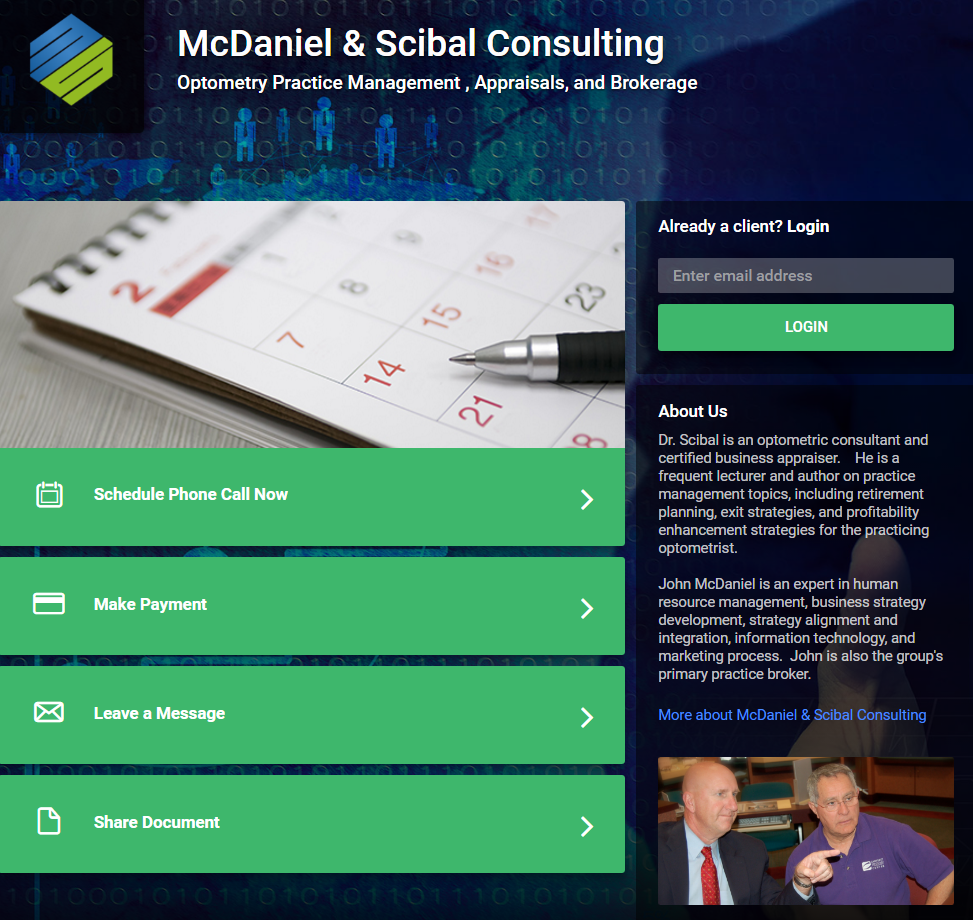Taking the plunge and becoming a solopreneur represents the ultimate step toward financial freedom.
No more bosses, no more mindless meetings: just work on your terms.
However, many service-based business owners find themselves feeling trapped.
Think about it. While you can offer your services in exchange for cash time and time again, do you have a long-term strategy in mind? After all, nobody wants to chase clients and hustle their services until they drop dead.
The alternative? Start taking steps towards becoming a business owner instead of solely a service provider.
And honestly? Doing so is pretty simple.
Whether you’ve been in business for a few years or you’re struggling as a newbie, consider the following strategies to turn your service-based company into a cash cow.
1. Package Your Knowledge into Products
The concept of creating a product can be daunting; however, it’s arguably easier than ever in the digital age.
When we think about “products” in the traditional sense, our mind is filled with images of factories, pricey packaging, and nagging shipping costs.
That being said, today’s service-based solopreneurs aren’t selling physical products: they’re selling their knowledge.
Informational products such as educational e-books and video courses allow service-based entrepreneurs to create convenient products that won’t break the bank. The benefits of creating and selling such products are three-fold:
• They’re cost-effective, free of shipping costs or physical inventory (instead relying on digital tools for creation and distribution)
• They’re quick: e-books and courses can be written in a matter of hours for savvy service providers
• They’re accessible: there are tons of marketplaces for e-books (such as Amazon) and online courses (like Udemy or Teachable) which host your products and do most of the legwork for you
Don’t think that you have what it takes to sell your know-how? Think again. Freelance financial consultant, Patrice C. Washington, aka The Money Maven, went from bankruptcy in 2007 to building her own financial consulting empire, including multiple audio and DVD training, books and resources for people looking for simple and actionable financial tips.
Informational products are the bread and butter of modern entrepreneurs. It’s possible and viable to make a living solely on selling what you know; likewise, doing so is a fantastic way to build up an extra stream of revenue in addition to your services.
Even if such products don’t become your primary source of income, they’re additionally beneficial to positioning yourself as an expert in your field.
2. Start Consulting and Coaching
Similarly, teaching others can be a full-time gig in and of itself. If there are others in your industry that you know are struggling and are in need of help or answers, why not be the one provide those answers for a price?
Much like informational products, consulting and coaching services can be offered in addition to your client workload and position you as a bigger player in your industry. If you can effectively teach your skills to someone else, you essentially create your own brand evangelists who are happy to sing your praises.
This is exactly what top Optometrist, John R. Scibal, does. Beyond running one of the largest and most successful independent optometric practices in North Carolina, Scibal provides an exclusive consulting service to optometrists wishing to buy, sell, market or grow their practices. The testimonials section on Scibal’s website illustrates how diversifying your business can result in big returns.

In short, don’t be a one-trick pony. If you have knowledge that others are willing to pay for, why not sell it?
3. Consider Outsourcing
It’s natural for new solopreneurs to be resistant to handing off some of their workload to someone else. Additionally, the idea of spending money to make money can be a difficult mental hurdle to overcome if you’re on a tight budget.
But let’s say business is booming and you have more client work that you can realistically handle in the long-run. You have three options in front of you:
1) Take on the work yourself and risk potentially burning out or delivering low-quality services as a result
2) Drop some of your clients in an attempt to lighten your workload (which means missed revenue and potential future business)
3) Hire someone else to help cut down on your tedious tasks, all the while also bringing in more money and keeping your clients happy
Option three sounds pretty good to me.
Don’t let the idea of outsourcing or hiring freelancers freak you out: it’s a great way to take your business to the next level. For example, Jorden Roper made over $8,000 in a month as a freelance writer once she began outsourcing some of her content workload. With the time she saved from hiring freelancers, Jorden was able to actually increase her monthly revenue.
Whether you seek referrals, use a freelance platform such as Upwork or Facebook, there’s plenty of work to go around that’s likely within your budget.
Regardless of your industry, you should take the time to assess time versus cost in terms of your workload and see if you can find any shortcuts by passing off your most time-consuming duties to someone you can trust.
4. Raise Your Rates
This piece of advice is short and sweet, but critical for ensuring the long-term survival of your business.
Are clients coming at you faster than you can keep up with them?
Raise your rates. Charge more. Get paid what you deserve, not what you think you deserve.
There is no “right” answer or secret formula to choosing your rates. As long as you’re competitive within your market and are working hours which you consider reasonable, you’re headed in the right direction.
Still not sure what you’re worth? Here’s some food for thought.
In his book Breaking the Time Barrier, Freshbooks CEO Mike McDerment explores the idea of solopreneurs charging based on value versus an arbitrary price-per-hour. You should strive to ensure your pricing structure actually makes sense based on the services you’re providing.
So many solopreneurs make the mistake of undercharging for their services out of fear and barely scrape by as a result. Rather than parrot the prices of others or hesitate to expand your empire, consider that the sooner you raise your rates, the more you increase your earning potential in the long-run.
5. Stop Scrounging & Start Thinking About the Long Game
Finally, perhaps the most important tip in transitioning from service-provider to business owner is a mindset shift.
You’re not just a freelancer. You’re not just a service provider. You’re not a worker bee that’s expected to prospect clients for the rest of your life.
You are a business owner. Start treating yourself and your services accordingly.
When you start thinking of your company in the long-term, everything you do builds towards each of the aforementioned steps. As you continue to grow your client-base and gain experience, where do you see your business in five years? Ten? Twenty? The clearer that image is in your mind, the more likely you are to survive for the long-term.
Don’t hold back your own success: instead, strive to become more than just a service provider.
If you currently run a service-based business, what do you consider the biggest hurdles to growing your company? Even have a “lightbulb moment” where you were able to turn things around? Let us know in the comments below!





